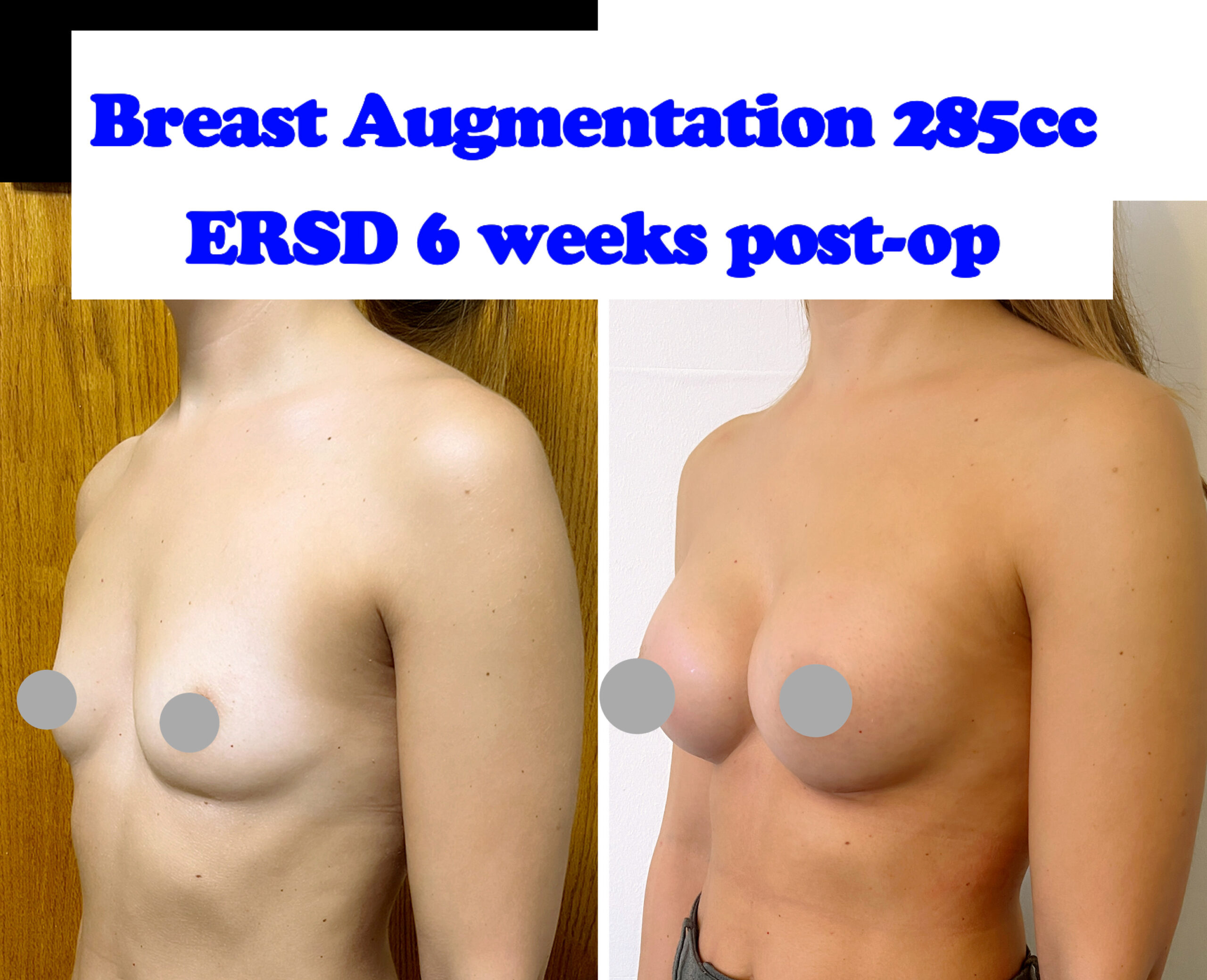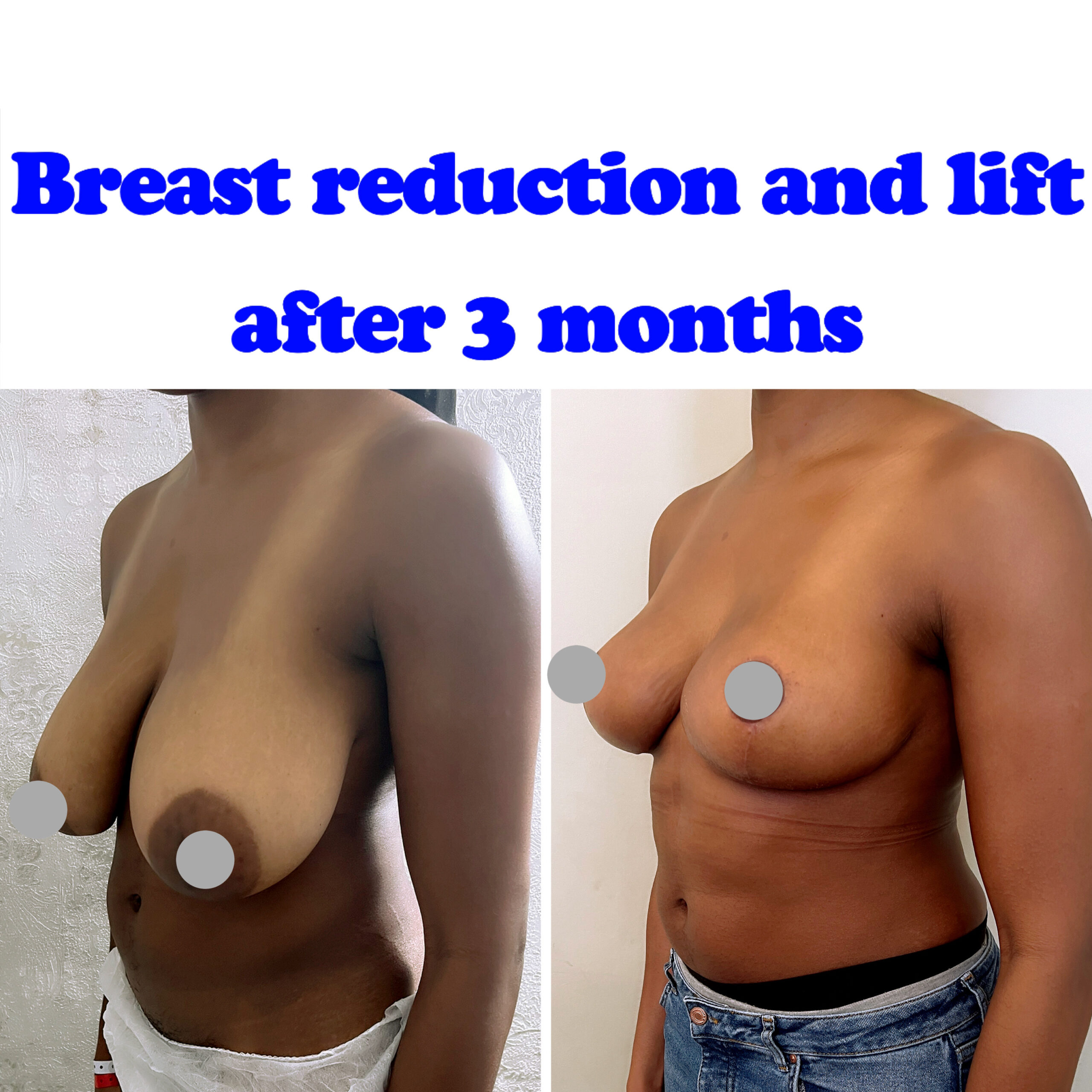A woman’s breasts may undergo many changes in her lifetime. Their appearance can be affected by aging, weight fluctuations or pregnancy, perhaps even all three.
The effects of breast aging can include drooping and loss of volume, resulting in the breasts looking less firm, shapely and perky.
If that describes you and it’s affecting your confidence and body image, then you may want to consider having breast surgery to rejuvenate your breasts’ appearance.
Undergoing any surgery, let alone plastic surgery, is a big decision and you want to be certain that you’re choosing the best option to look and feel better.
This article will compare the differences between breast lift and breast reduction, so that you can make an informed decision, be confident and ready to take the next steps.
How Breast Uplift Surgery Differs from Breast Reduction
Breast surgery is a broad term that describes some of the techniques that correct sagging, heavy or aging breasts. These can include a breast lift (mastopexy or breast uplift) and/or breast reduction.
A breast uplift and breast reduction have similarities but also some important differences.
Breast Lift:

This type of cosmetic surgery is primarily focused on lifting and reshaping your breasts and nipples to give them a perkier, more youthful appearance.
It’s perfect if you’re happy with the size of your breasts but feel like they’ve lost their firmness and shape over time or after pregnancy and breastfeeding.
In this case, breast augmentation and breast lift implants are not necessary as there is sufficient breast tissue of your own to reshape and reposition your breasts.
Breast Reduction:

As the name suggests, a breast reduction strives to reduce the size of the breasts. This procedure is ideal if the weight or size of your breasts is causing you considerable pain, discomfort or even mobility issues.
Some women may choose breast reduction surgery for purely cosmetic reasons. It’s a great way to correct breast asymmetry and achieve a more proportional and balanced look.
Furthermore, the breast reduction technique can be combined with complementary procedures such as liposuction, tummy tuck or a mummy makeover.
In many cases, the benefits of breast reduction surgery are both functional and aesthetic, helping women improve their health at the same time as their appearance.
Does Breast Lift Surgery Include Implants?
One common misconception about breast lift surgery is that it always involves implants. In fact, while some women do choose to combine a mastopexy with implants to achieve their desired size and shape, it’s not a requirement.
When Breast Implants Are Not Necessary
It’s very common for breast lift surgeons to recommend a breast lift without implants to simply restore the perkiness and firmness of a woman’s natural breasts.
Using advanced mastopexy surgery techniques, a woman’s own breast tissue is lifted and ‘tucked in’ to create a “push-up bra” effect without the need for implants.
Why You Would Need Breast Enlargement
Augmentation with implants is a good choice if you’re experiencing both breast ptosis (drooping) and undesirable breast volume. If you would like to increase the size of your breasts or cleavage, then breast enlargement would be a suitable option for you.
During your initial consultation, your plastic surgeon will discuss all your breast lift options, your goals and preferences, and determine the best approach for help you achieve the best possible results from breast uplift surgery.
Whether you’re a better candidate for breast lift with or without augmentation, you’ll know exactly what to expect with your breast lift results.
Breast Reduction Vs. Mastopexy Breast Scars
If you’re considering mastopexy or breast reduction surgeries, you might be rightfully concerned about the nuances of scarring. While both procedures aim to enhance breast appearance and alleviate discomfort, their scarring may be different.
Breast Lift Scars
Mastopexy surgery primarily focuses on repositioning and reshaping the breasts without altering their volume significantly. There’s also not a significant amount of excess skin that needs to be removed.
Typically, incisions encircle the areola and extend vertically downwards, resulting in a scar pattern known as the “lollipop.” Complications for breast lift scars tend to me minimal and heal nicely, particularly in the hands of a skilled surgeon.
Aftercare for Breast Lift Scars
If your surgeon recommends breast lift surgery (with or without implants) then you’ll have an easier time than with a reduction. That’s because breast uplift scars and the subsequent breast lift recovery tend to be less extensive.
Breast Reduction Scars
On the other hand, breast reduction surgery involves removing excess breast tissue and skin to achieve a smaller size and improved contour.
Therefore, its scars often encompass a larger area, including around the areola, vertically down the breast, and sometimes horizontally along the inframammary fold. This is known as the “anchor” scar pattern.
Recovery For Breast Reduction Surgery
may be longer and the scars more significant. If the original breast size is considerable, a woman may also experience more complications from breast reduction scars.
In conclusion, whether you’re considering a breast uplift procedure or a breast reduction, the most important thing is to choose a Board-Certified Plastic Surgeon who listens to your concerns and understands your goals. With the right surgeon by your side, you can achieve the beautiful, natural-looking results you desire.











